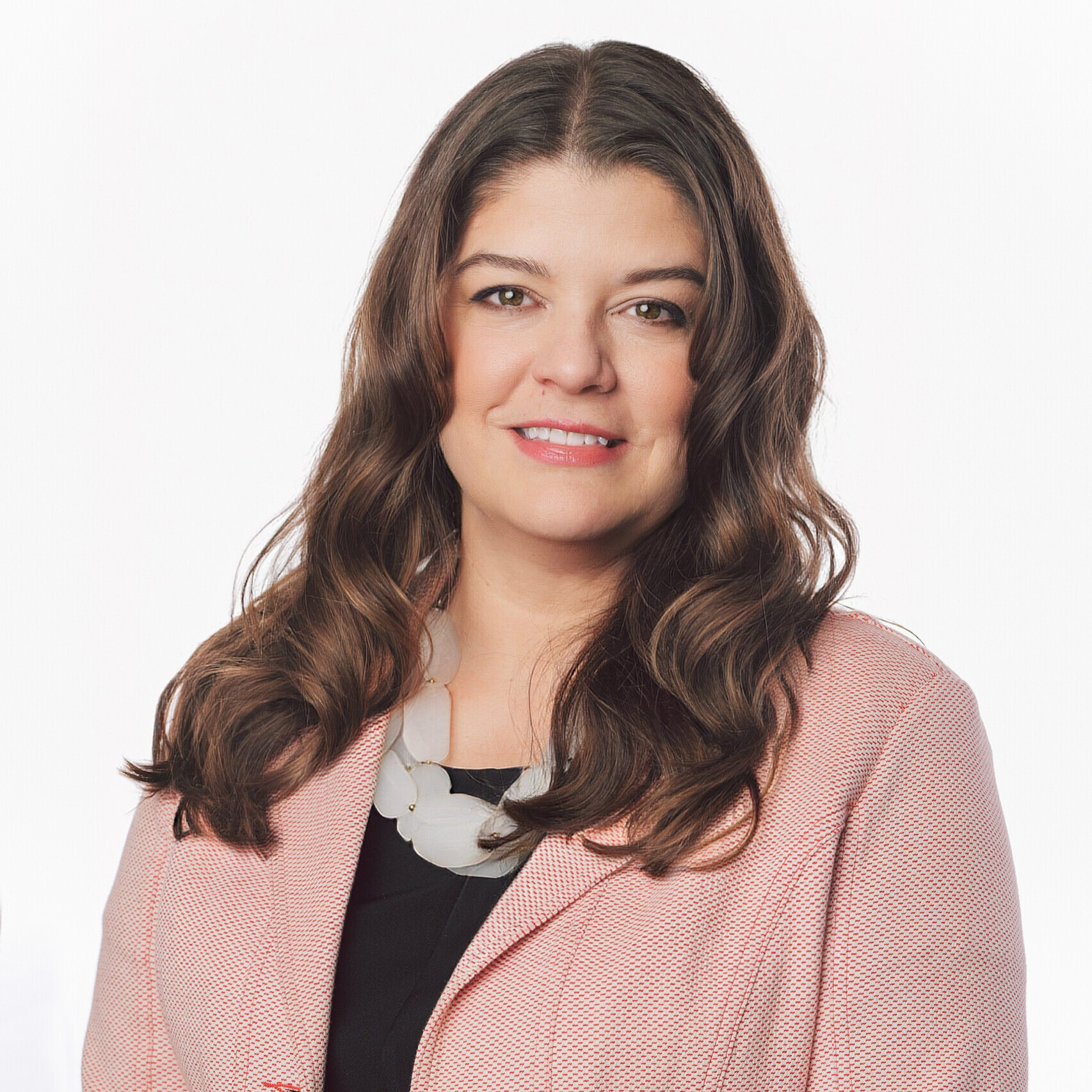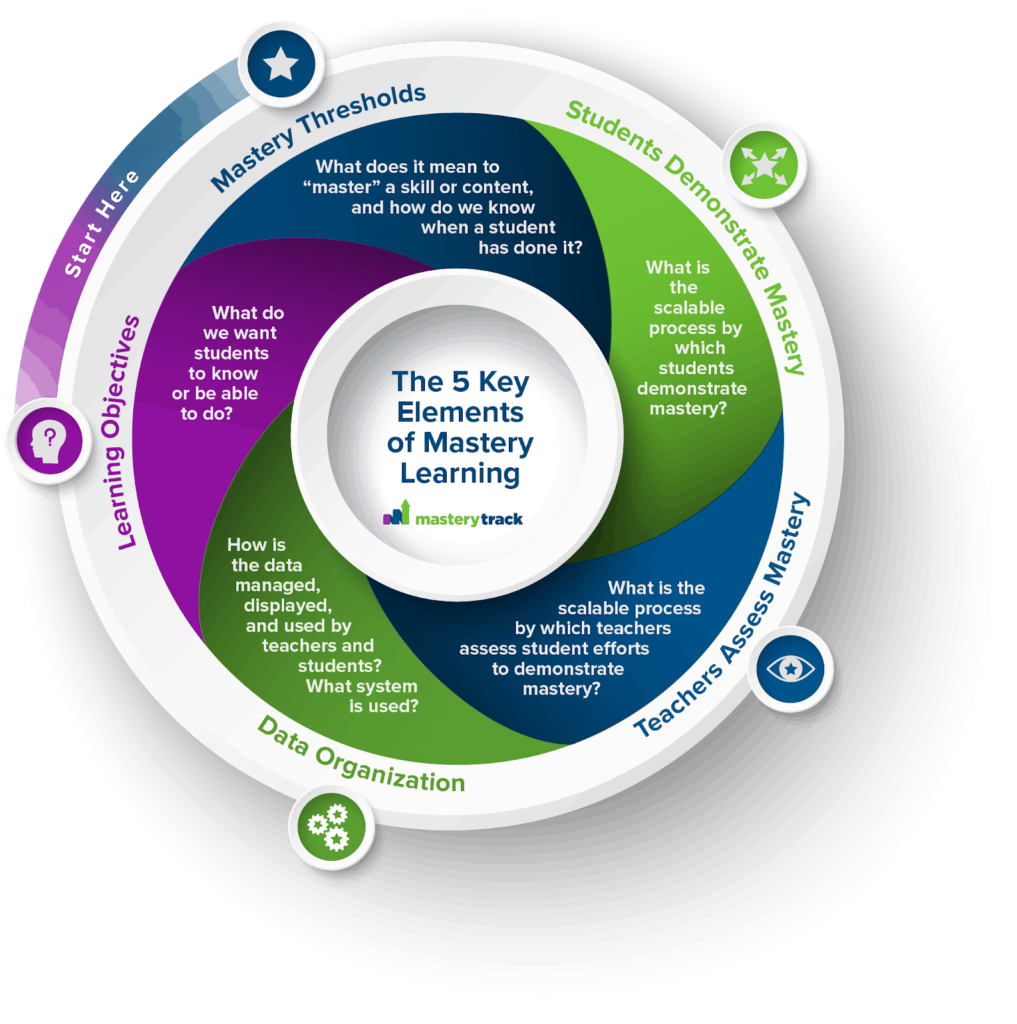Moving Toward Mastery Learning: Practical Steps for Making Progress

By: Rebecca Midles
The education of today is adapting in order to enable learners to meet the future of tomorrow. In recent years we’ve seen strides and attention placed on personalized and blended learning, but the question of scale persists. How might teachers and leaders apply personalization at scale? How can equity of learning pace, style, and preference be implemented in both large schools and small schools alike?
One solution could be mastery learning, a combination of student-centered learning objectives and thresholds supported with strategies that can create powerful, replicable results. With mastery, the focus should be on the application in order to create a larger body of knowledge. This data would emphasize the application of skills as well as conceptual knowledge. Ideally, mastery learning is defined in terms of application and retention, not checklists.
In our Mastery Learning series, we have been exploring what mastery is and how it is determined, recorded and managed. Scott Ellis and his team from MasteryTrack have outlined five key elements, listed below, and how these can be enabled with a technology information system. The mastery platform is Scott’s effort to create “a world where students, teachers, principals, and parents can instantly see where students are in their learning. This data is the starting point that enables personalization of learning to actually happen effectively in the classroom.”
- Specific, clear, demonstrable objectives to clearly describe what we want students to know and be able to do.
- Clear descriptions of what mastery means and how to determine if a student is ready to move to the next learning objective.
- Clear processes for students to demonstrate mastery.
- Processes are scalable and provide equitable access to all students.
- Clear processes for teachers to assess mastery.
- Processes must be viable and scalable to support teachers to assess mastery for every student and every learning objective.
- Protocols to support multiple attempts by students to demonstrate mastery depending on their level of readiness and the variety of assessments available.
- A system to organize and display learning data that is efficient in time and easily available to students, teachers, parents, and school leaders.
- Mastery-based student data shows progress and reflects a student’s learning journey.
These key elements are essential for the implementation of Mastery Learning. Toward the end of this series, in the blog titled Pulling It All Together, Scott provides examples that take you through the five key elements within specific subjects and areas of growth, such as elementary math, world languages and social-emotional learning. The series also provided examples of thresholds, how to gather and use the ‘right data,’ and tips for designing a data dashboard.
These examples can begin to make this work tangible if a system or team is new to the work, and reaffirms steps a site or district may already be taking. Scott shares in Getting The Right Data that “with specific, clear, demonstrable learning objectives and well-defined mastery thresholds, we can clearly track student learning progress. We can make this information available to students, teachers, principals, and parents with a single mouse click. With this information at their fingertips, teachers can do true data-driven instruction.”
Technology has enabled us to observe progress and impact over time like never before. Through a marriage of robust dashboards, a dedication to equity and an agile mindset, we can begin to scale personalized learning that works and inspires.
For more, see:
- Does Mastery Mean Mastered?
- Smart Review | MasteryTrack: Powering Competency-Based Learning
- Pulling It All Together: Examples of Integrating the 5 Elements of Mastery Learning
- 5 Lessons Learned in Pioneering Personalized Mastery Learning
This blog is the final part of a series on mastery learning, sponsored by MasteryTrack. If you’d like to learn more about our policies and practices regarding sponsored content, please email Jessica Slusser. For other posts in the series see:
- What is Mastery Learning?
- Demonstrating and Assessing Mastery, and Managing Learning Data
- Mastery Learning Objectives and Mastery Thresholds in the Classroom
- Examples of Mastery Thresholds to Enable Mastery Learning in Multiple Subjects
- Pulling It All Together: Examples of Integrating the 5 Elements of Mastery Learning
Stay in-the-know with innovations in learning by signing up for the weekly Smart Update.







0 Comments
Leave a Comment
Your email address will not be published. All fields are required.